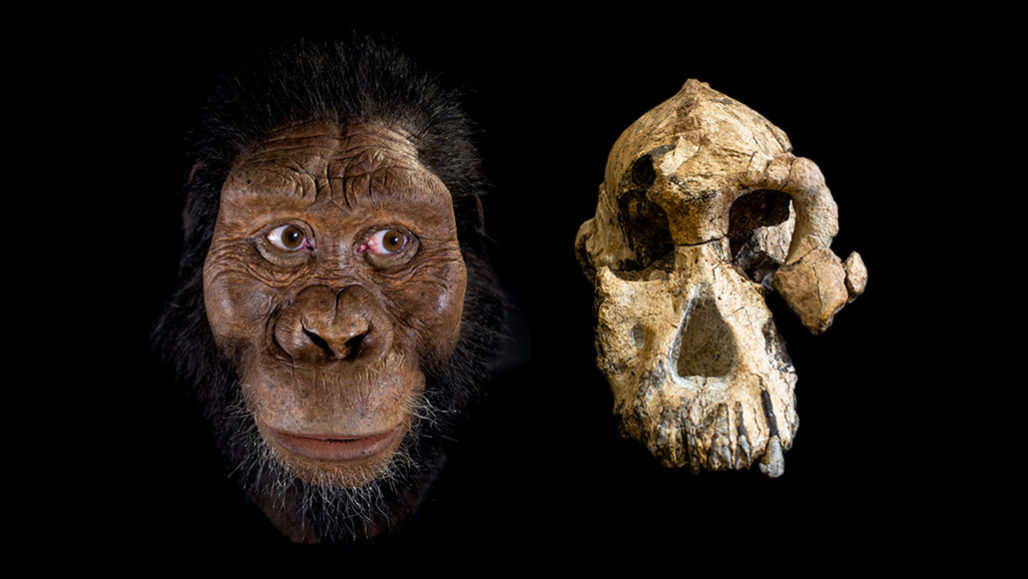
Comment: It's notable that even the language used by the author of Science News reflects how at odds these discoveries are with the conventional theory of evolution. Website Uncommon Descent posted their own commentary in response and which can be found under the relevant points of the article in the yellow boxes.
This year's fossil finds, from vast new collections of species to wonderful and weird curiosities, helped reveal the richness and diversity of life on Earth over the last half a billion years.
1. Impressive invertebrates
518 million years ago
China's Qingjiang biota is a treasure trove of beautifully preserved fossils, including jellyfish (left), comb jellies (middle), mud dragons (right) and arthropods. The remains document the Cambrian explosion, a rapid flourishing of life-forms, and include many organisms never seen before — even at the most famous Cambrian fossil site, Canada's Burgess Shale (SN: 4/27/19, p. 14).
So even more fossils just popped into existence, just like that. No wonder even Darwin had doubts.2. Tetrapod walking
290 million to 280 million years ago
Using re-created skeletons, fossil trackways, computer simulations and a robot (shown), scientists concluded that four-footed Orobates pabsti held its belly off the ground as it walked with minimal side-to-side undulation. For such an ancient critter, O. pabsti — one of the earliest amniotes, a group that includes reptiles and mammals — had a surprisingly efficient gait (SN: 2/16/19, p. 7).
So the long, long Darwinian period when the creature just stumbled uncertainly around may have been short or may not have existed? Then what was the mechanism of gait development?3. Oldest bone cancer
See It takes a smart robot to mimic a reptile.
240 million years ago
A growth preserved in the fossilized left femur of an ancient turtle relative is the oldest known case of bone cancer in an amniote (bracket indicates the tumor on the several-centimeters-long fossil) (SN: 3/16/19, p. 5).
4. A bone for chewing
165 million years ago
Millions of years before true mammals emerged, a shrew-sized mammal relative, Microdocodon gracilis (illustrated), had a flexible bone called the hyoid connected to the jaw. The hyoid helps mammals chew, swallow and suckle — a key innovation that may be one secret to mammals' success (SN: 8/17/19, p. 8).
5. Unlaid egg
110 million years ago
A small bird died with an egg (arrow) still inside her body, and problems laying that egg may have led to her death. Crushed and flattened over time by pressure, the specimen is the first unlaid bird egg found preserved as a fossil (SN: 4/13/19, p. 15).
6. Long-toed bird
99 million years ago
A chunk of amber containing the right leg and foot of a sparrow-sized bird (illustrated) revealed a bizarrely long digit. The bird may have used the toe to feel around for food in hard-to-reach places (SN Online: 7/11/19).
Possibly the long toe was used for prying things out of holes, like a nut pick. But a more complete fossil record reveals many complexities that challenge simplistic claims and easy explanations of how evolution happens. As research continues apace, any given such theory might be challenged by something just around the corner.7. Tiny Tyrannosaurus rex cousin
92 million years ago
Decades after its discovery, a dinosaur was ID'd as a cousin to the giant tyrannosaurs. Just a meter tall at the hip, Suskityrannus hazelae (illustrated) had a strong jaw and powerful hind feet, like its bulkier kin T. rex, which lived 24 million years later (SN: 6/8/19, p. 5).
8. Life after the dinosaurs
66 million to 65 million years ago
The story of how life rebounded after the mass extinction of nonavian dinosaurs is told by fossils found in Colorado (mammal skulls shown). The fossils, dating to within a million years after the die-off, reveal that mammals grew fivefold in size and big plants rapidly diversified (SN: 12/7/19, p. 32).
9. Face-off
3.8 million years ago
A nearly complete skull gives the first glimpse at the face of Australopithecus anamensis, the oldest known species in the hominid genus that includes A. afarensis, best known for Lucy's skeleton. The find raises questions about how the two species were related (SN: 9/28/19, p. 6).
10. Little red mouse
3 million years ago
An ancient mouse bears the first identifiable chemical traces of difficult-to-detect pheomelanin, the pigment responsible for reddish-brown fur (SN: 6/22/19, p. 14). X-ray spectroscopy revealed red to brown fur (yellow areas) on the mouse's back and sides.
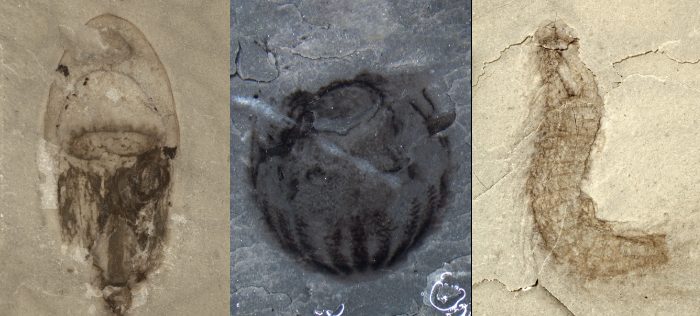
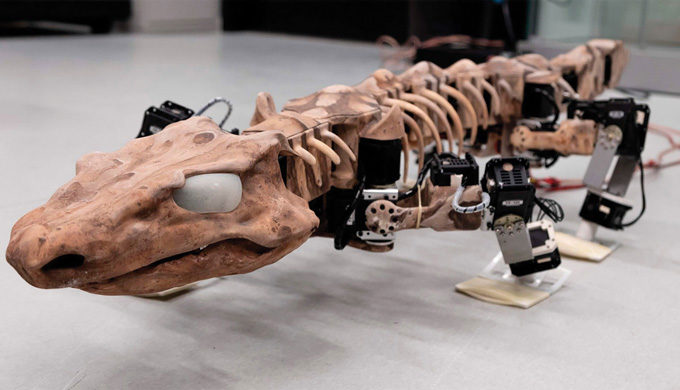

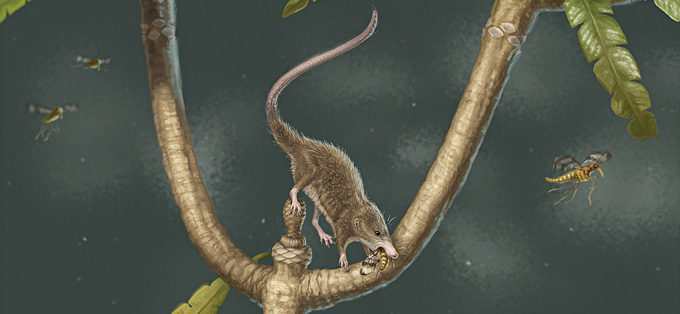
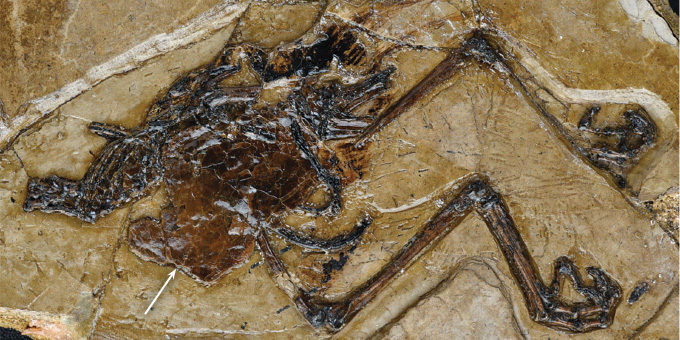
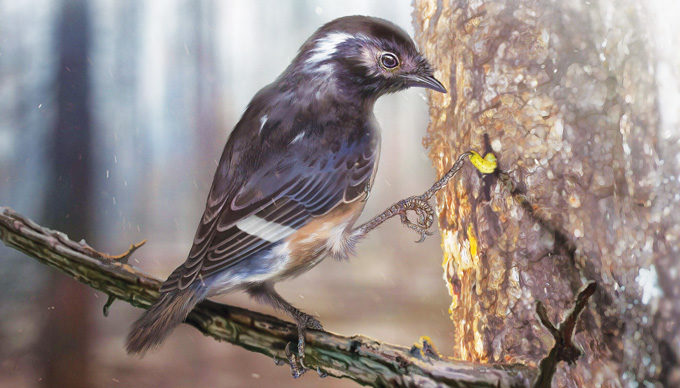
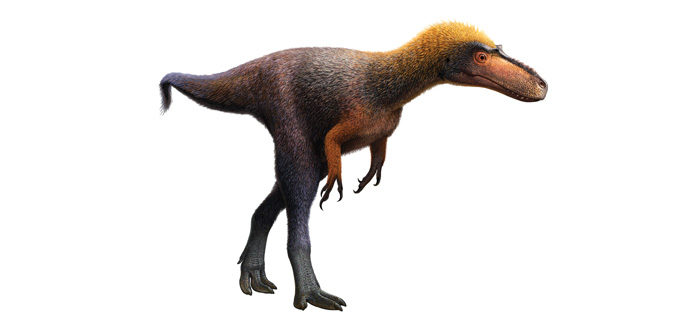
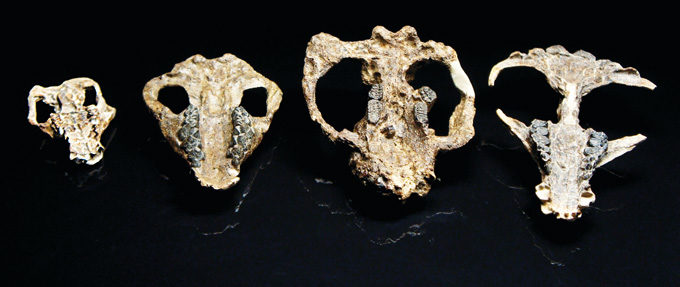
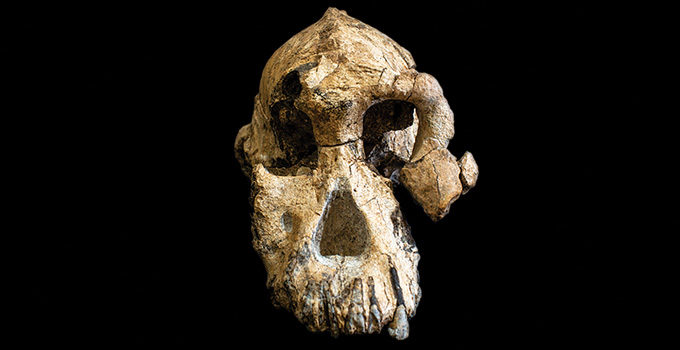
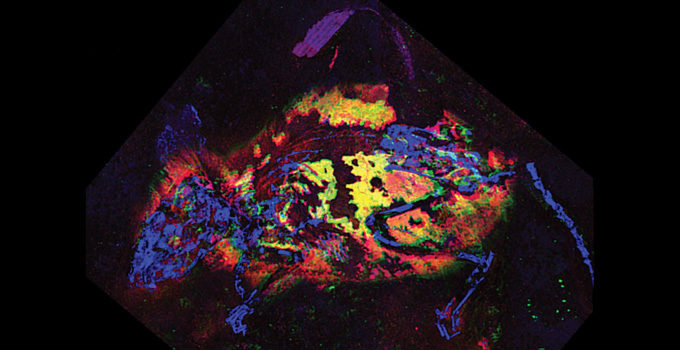



Really?
More rubbbish, sadly